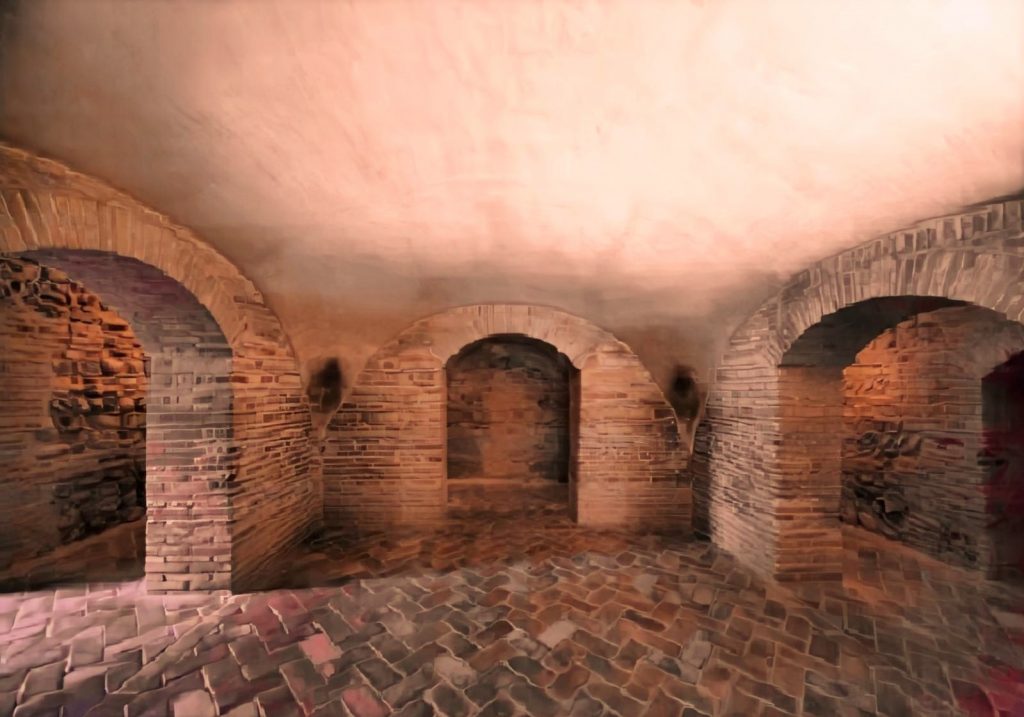Perched atop the rolling hills of Granada, Spain, the Alhambra stands as a testament to the architectural brilliance of the Nasrid dynasty. This 13th-century palace complex, with its intricate stucco work, serene courtyards, and reflective pools, offers a glimpse into a bygone era where art and science coalesced. The Alhambra’s design showcases the Moors’ advanced understanding of mathematics and astronomy, evident in the precise geometric patterns and celestial alignments found throughout the complex.
Beyond its aesthetic allure, the Alhambra serves as a cultural bridge between the Islamic and Christian worlds. Following the Reconquista, Christian rulers preserved much of the palace’s original architecture, recognizing its unparalleled beauty and significance. This act of preservation allowed for a unique fusion of artistic styles, where Gothic elements subtly intertwine with Islamic motifs, creating a harmonious blend that continues to captivate visitors.
Today, the Alhambra is not merely a relic of the past but a living symbol of cultural synthesis and resilience. Its enduring presence underscores the importance of preserving historical landmarks that embody the confluence of diverse civilizations. As we walk through its echoing halls and tranquil gardens, the Alhambra invites us to reflect on the shared human heritage that transcends time and borders.





